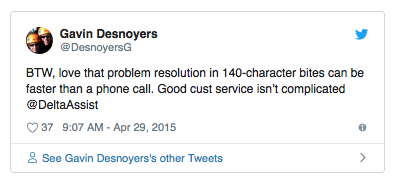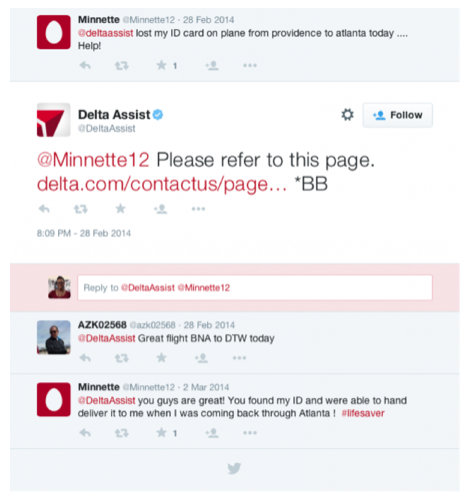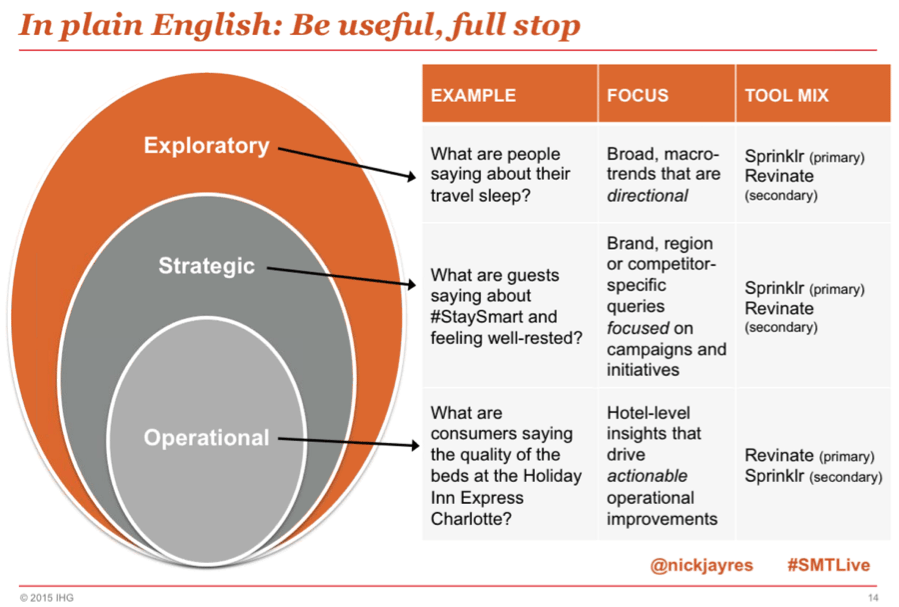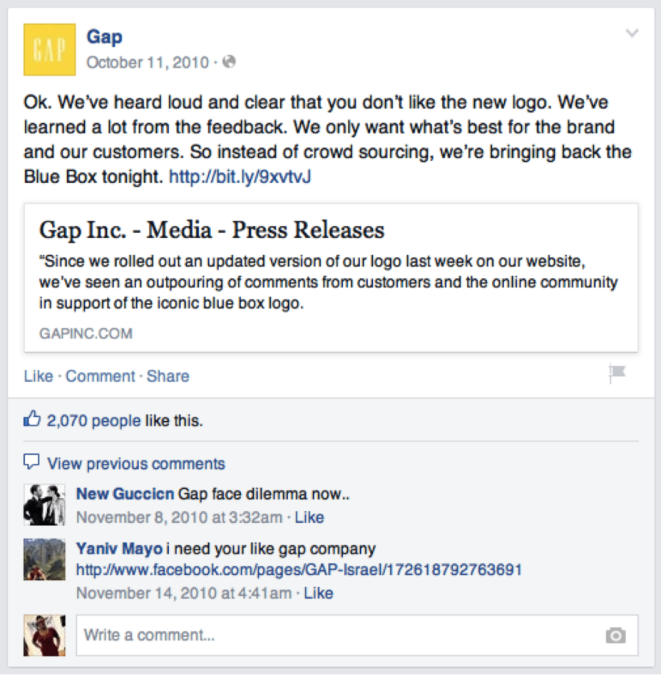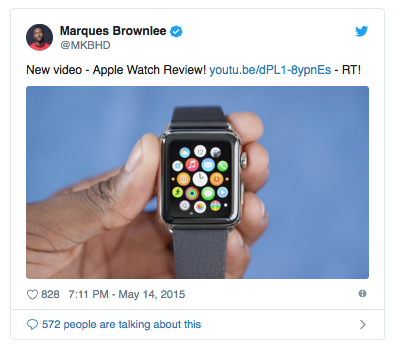Social media monitoring is no longer a novelty for brands, said Lauren Harper, Oracle Marketing Cloud’s senior manager of social marketing, in a recent webinar.
“It’s really now become imperative that all brands have some sort of strategy around listening on social media,” she said.
But it’s not just enough to listen. Companies also must act on what they have learned. In any relationship, one must respond to his/her partner’s wishes to keep the love alive, right? So let’s dive into five actionable social listening steps that will help brands improve their content marketing strategies and leave their customers wanting more.
Develop Content Based on the Results You Find
This tip seems like a no-brainer, but it’s an important point to reiterate. What topics are trending in your target market? Do certain questions appear often from customers? What stories do your customers care about?
If a brand isn’t monitoring feedback from its customers, then it could miss opportunities to give them what they want. Brands should check everything from tweets and Facebook comments to Yelp! reviews to provide content that answers customers’ concerns or frequently asked questions.
“Everything is a story,” Harper said. “And listening in is the first step to finding what those stories are.”
By monitoring Twitter, Honda discovered a band that was creating music videos from their cars. The brand showed its appreciation to the Honda owners through its Honda Loves You Back campaign by surprising the band, Monsters Calling Home, with an appearance on Jimmy Kimmel Live. The Honda Loves You Back campaign resonated with Honda enthusiasts and garnered positive attention from the ad industry and potential customers.
Improve Customer Service
Customers expect to be able to reach out to a company on whatever platform they want, Harper said. For some, that means connecting through Facebook or Twitter.
If a company rep wouldn’t leave an email unanswered for 24 hours, then perhaps he shouldn’t let a tweet go unnoticed either. Brands should respond as quickly as possible on social media and provide the best information in a clear, concise manner. The one customer that gets help will probably feel endeared to the brand, and the brand’s social followers can see firsthand how it promptly responds to customers’ needs.
Create More of the Content that Performs Well
Counting the number of shares and favorites, or using tools such as Google Analytics can help brands see what’s already popular on their website and social media platforms. If an audience gravitates towards a certain topic or a certain format, such as Q&As or numbered lists, then brands should consider recreating similar content.
For example, Nick Ayres, the global director of social marketing for the InterContinental Hotels Group, said IHG tries to find out what customers are saying about sleep in the Holiday Inn Express Stay Smart marketing campaign. They want to see the chatter about IHG’s brands, including Holiday Inn Express, and IHG’s competitors.
“We tune that listening in a way that helps us inform campaign decisions both at an aggregate level to understand how well the campaigns perform, but also as we think about iterations in the midst of the campaign,” Ayres said.
So Holiday Inn Express knows what messages resonate well with its audience and makes adjustments to include similar elements in the rest of the campaign.
Plug in the Holes
Use social insights to improve products or processes customers find unsatisfactory or convoluted.
Do you remember when Gap tried to change its logo? When the company unveiled a new logo in fall 2010, customers expressed their ire on social media. Gap listened.
The clothing brand responded by crowdsourcing logo designs from its customers. Gap ultimately decided to stick with its logo of 20-plus years and acquiesced to the social media backlash.
Discover Brand Advocates and Develop Partnerships
Sometimes the best advocate is not the company itself, but it’s a real-life customer. Use social media listening to find key influencers and have those customers speak for the brand.
Many companies send social influencers with large followings their products and request reviews. A well-placed review can do wonders. The company wins because it reaches its target audience, but spends less money than it would on traditional advertising. Plus, the influencer has already built credibility with his audience, so the audience is willing to listen.
Social media listening helps brands identify online conversations about their products and use those insights to engage with customers, develop new content and identify potential partnerships with influencers. Social media listening can be an arduous task. But once a company develops its strategy and hones in on the data that’s most helpful, the benefits abound.

